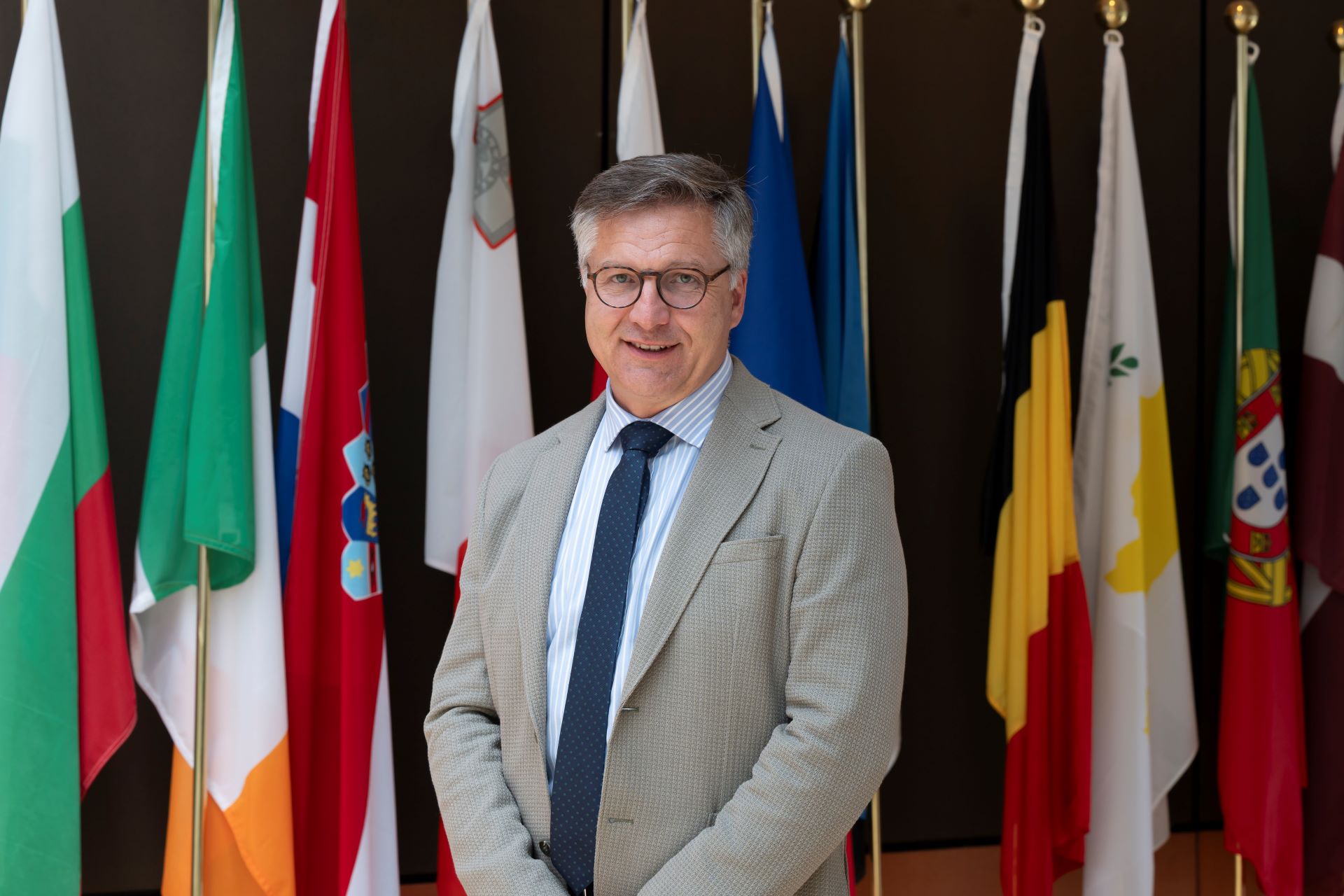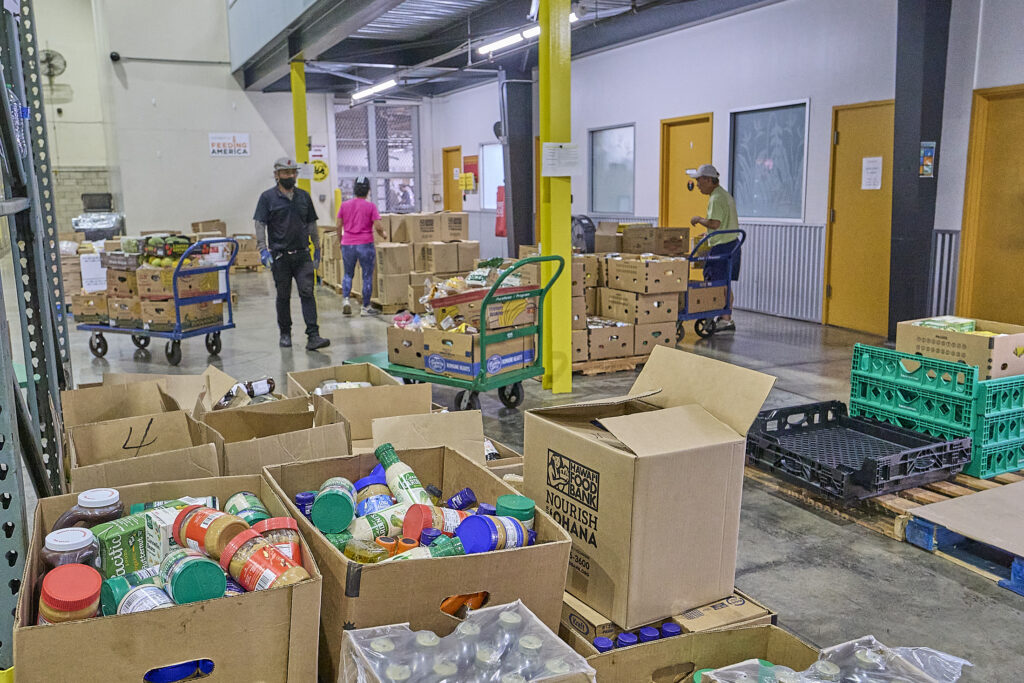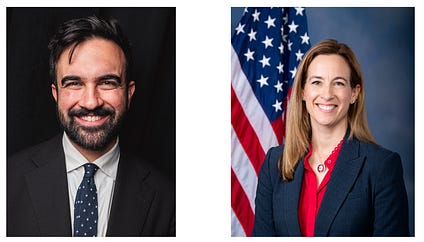How the Healthy Cities initiative is paving the way for health and well-being in Indonesia
Indonesia has pioneered the 'Healthy Cities' approach, engaging communities to tackle urban health issues. This initiative, backed by the Ministry of Health, correlates with improved access to essential health services. Semarang exemplifies success, using forums to mobilize citizens and address challenges like dengue fever and COVID-19, enhancing both health and local economies.

| · Indonesia has taken several proactive and innovative steps to address urban health conditions that impact people’s lives through the ‘Healthy Cities’ approach. · Key aspects of the Healthy Cities Forums include involving communities to discuss urgent problems, find solutions and mobilize community participation. · A review conducted by the Ministry of Health in 2018 indicated a positive association between acquiring the designation of ‘Healthy City/Regency’ and having better access to essential health services. |
|---|
More than half of the world’s population now lives in cities. By 2030, 5 billion people, or 2 out of every 3 people, are likely to be living in urban centres. About 90% of the shift from rural to urban areas will happen in Africa and Asia. This global trend of urbanization is having a significant impact on health and leading to huge social, economic and environmental transformations.
The WHO South-East Asia Region is home to over a quarter of the world’s population and currently, 750 million people in the Region live in urban areas. This population is growing on average by 3.5%.
While urbanization can bring health and economic benefits, rapid and unplanned urban growth is leading to many negative health, social and environmental impacts. Globally, almost 40% of urban dwellers do not have access to safely managed sanitation services and many do not have access to adequate drinking water. An estimated 91% of people in urban areas breathe polluted air.
The COVID-19 pandemic has also shown that cities often bear the brunt of emergencies. Overcrowding, lack of sanitation, and safe water sources increase the spread of the virus. Evidence has shown that in areas of existing health inequities, including access to quality health services, COVID-19 cases and deaths in these deprived areas are double compared to those in more advantageous areas.
The World Health Organization conceived the Healthy Cities initiative in 1986. The goal was to respond to health issues that have emerged due to urbanization and place health high on the social and political agenda of cities. In addition, the initiative aimed to promote health, equity and sustainable development through innovation and multisectoral changes.
While countries in the WHO South-East Asia Region have been taking steps to promote health, equity and sustainable development, in Indonesia, the efforts to promote health through the Healthy Cities approach have been ongoing for more than two decades. The country has taken several proactive and innovative steps to address urban health conditions that impact people’s lives.
Birth of the Healthy City pilot project in Indonesia
In Indonesia, there are two types of administrative areas: City (Kota) and Regency (Kabupaten), and the Healthy Cities initiative targets both cities and regencies.
A Healthy City in Indonesia is defined as a clean, comfortable, safe and healthy city (or regency), which is manifested in multiple settings through integrated activities agreed upon by the community and local government.
Inspired by the WHO-designated theme for the 1996 World Health Day, “Healthy Cities for Better Life”, the Ministry of Health in Indonesia, in collaboration with the Ministry of Home Affairs, organized a series of seminars and meetings that led to the initiation of the Healthy City pilot project in 1998.
The pilot project involved six cities and regents (head of regency) from six provinces in Indonesia, namely Bandar Lampung City (Lampung Province), East Jakarta Administrative City (Jakarta Province), Pekalongan City (Central Java Province), Malang City (East Java Province), Balikpapan City (East Kalimantan Province) and Cianjur Regency (West Java Province). In 1999, eight more cities/regents participated in implementing the Healthy Cities approach.

Taman Swasti Saba, Semarang, Indonesia (Photo credit: Semarang city government)
At the National Convention of Mayors and Regents of Indonesia held from 26 to 28 July 2000, subnational government leaders reached a consensus on adopting the Healthy City approach as a strategy to achieve the national health development goal of “Healthy Indonesia 2010”.
The national government backed this commitment by issuing a joint regulation with the home and health ministries. The joint Ministerial regulation establishes the concept of Indonesia’s Healthy City/Regency and helps to define it.
Indonesia Healthy Cities comprise nine pillars: (1) self-sufficient and healthy people; (2) offices and industrial places; (3) transportation and road safety; (4) residential and religious places; (5) marketplaces; (6) social protection; (7) educational/schooling practices; (8) tourism places; (9) disaster prevention and management.
‘Going local’ – the key to success
The active involvement of mayors and other local political and community leaders in all aspects of Healthy Cities is crucial.
The implementation of a healthy city is important in improving the quality of community health. But this will happen only if there is a commitment from the local government. The key for successful implantation of healthy cities is when four elements – the government, stakeholders, reporters and entrepreneurs work together.- Mrs Krisseptiana Prihardi, Chairperson of Healthy Cities Forum
As the first step toward becoming a Healthy City, local governments are required to facilitate the establishment of a Healthy City Forum in their respective city/regency. The Healthy City Forum consists of representatives from different sectoral government offices, civil society/ nongovernment organizations and academia, who are interested in contributing to the advancement of health, social well-being, and the development of their city/regency.
The Healthy City/Regency Forum is responsible for formulating and coordinating Healthy City/Regency activities as well as mobilizing community resources to support these activities.
Every two years, the Ministry of Health and Ministry of Home Affairs appraise the performance of the cities/regencies to evaluate improvements in the nine domains. Awards are given to the cities based on the outcome of these appraisals.
During 2005 and 2019, the number of cities and regencies voluntarily enrolling in the bi-annual appraisal of Healthy Cities/Regencies increased from 20 to 366.
However, despite the commitment, the number of cities/regencies that participated in the Healthy City/Regency appraisal in 2021 declined as local governments’ focus was on controlling the spread of COVID-19 and mitigating its impact.
Number of cities and regencies participating in Healthy City/Regency appraisal 2005–2021

Source: Ministry of Health, Indonesia
In March 2022, once the COVID-19 pandemic had relatively de-escalated, mayors/regents and leaders of Healthy City/Regency forums convened at the National Healthy City Summit hosted by the Government of Semarang City.
The Summit sought to revive and strengthen the approaches toward the Healthy Cities initiative, taking the lessons learned from the COVID-19 pandemic. The leaders of the Healthy City/District also agreed to form a national forum for Healthy Cities. Mrs Krisseptiana Prihardi, the Chair of Semarang Healthy City Forum, was elected as the first chair of the National Forum for Healthy Cities.
WHO’s regional and country offices provided technical support to this event, sharing WHO’s guidance on emergency preparedness and recovery for cities/communities, the updated global principles for Healthy Cities, designation criteria, action domains, and indicators of a Healthy City.
WHO also shared the aspiration to establish a South-East Asia Regional Healthy Cities Network as a means to enhance the capacities of urban leaders in urban governance for health and well-being.
A new initiative of the Regional Office, Regional Networks of Healthy Cities, has existed since some time in other regions. Taking the lead from the regional offices of Europe, the Eastern Mediterranean, Western Pacific and the Pan American Health Organization, the Regional Office for South-East Asia established the Healthy Cities Network, which is a platform to support cities to take actions on health and carry out agendas that enhance well-being. It is part of WHO’s health promotion actions and provides standard guidance for implementation, accreditation of cities, and acts as a learning hub for intercity sharing of experiences, innovation, and practices. The Urban Governance for Health and Well-being and urban leadership training are key contributions of the Regional Office to the regional Healthy Cities Network.
The transformation of Semarang city as a Healthy City: a case study in point
Semarang is the capital and largest city of Central Java province in Indonesia. In 2010, Semarang City’s public health system was burdened with a large number of maternal and child deaths and a high incidence of dengue haemorrhagic fever (DHF). The city’s incidence of DHF surpassed 5000 in 2010, which made the city one of the epicentres of DHF in Indonesia.2
Mrs Krisseptiana Prihadi, who was then the lead of the Family Welfare Programme in Semarang City, discussed comprehensive actions that needed to be taken to improve the situation with the Semarang City health officials. They learned that these actions were already accommodated in WHO’s Healthy Cities initiative.
Health officials held discussions with various sectoral government offices, academia, and civil society organizations to generate interest and commitment to establish the Healthy City concept in Semarang City. As a result, the Semarang Healthy City Forum was formed in 2014.
The Healthy City Forum consists of representatives of nongovernment stakeholders, including academia, health professional organizations,
journalists, and informal community leaders. Their role is to empower the community to recognize the need to protect and promote their health; to advocate for community health needs in the city’s development planning and budgeting, and to mobilize community support for the implementation of government programmes to address the determinants of health.
While the Healthy City Forum sits at the city level, its role extends down to the kelurahan (urban village) level through the Kelurahan Health Forum. Essentially, the Healthy City Forum consists of city-/regency- level stakeholders, while the Kelurahan Health Forum consists of subcity or subregency stakeholders.
One of the important functions of the Healthy City Forum and Kelurahan Health Forum is to organize community meetings to discuss various situations that impact the health of the local population with the purpose of looking for solutions and mobilizing participation. These are then taken up during the annual city development planning process as proposals from the local village community.
It is through such ongoing consultations that the Healthy City Forum mobilized community participation for the eradication of mosquito larvae for the prevention and control of DHF.
More recently, during the peak of the COVID-19 pandemic, the Healthy City Forum and Kelurahan Health Forum spearheaded the risk communication and community engagement (RCCE) activities.
Youth groups were engaged by the forums to promote awareness among local communities about COVID-19 risk prevention measures, including wearing face masks, keeping a safe social distance, and ensuring hand hygiene. Once the COVID-19 vaccination drive was launched, youth groups were roped in to encourage community members to get vaccinated.
The forums also initiated a community collective support model for the self-isolation of people with mild or asymptomatic COVID-19. This includes arranging a dedicated place and provision of food for such patients.
The implementation of healthy city activities has been very beneficial for our community. All levels of the community have been empowered, from the grass-roots level up to the policy-makers. For example, school students are involved in the dengue prevention activity; young people are enabled to initiate and lead the promotion of COVID-19 prevention protocols. We can feel that our community’s health and well-being are improving as the result of healthy city activities.- Ms Ibu Gondowati, social worker and resident of Semarang City
Addressing challenges such as equitable access to health care, vulnerability, the determinants of health and sustainability is an important part of the initiative’s uniqueness and success. By holding regular public consultations and seeking solutions from the local communities, the Healthy City Forum and Kelurahan Health Forum in Semarang, ensured that the most pressing health concerns of the local communities were taken up on priority.
Involving community members also helped instil a sense of ownership and pride in the developmental works and initiatives backed by community action. Between 2016 and 2021, public infrastructure and facilities in 250 neighbourhoods were upgraded through the Thematic Kampung programme. The Thematic Kampung (neighbourhoods) programme provides funds for groups that commit to improving their environmental conditions and developing small–medium businesses supporting tourism such as making handicrafts and selling traditional food.
Kampung residents collectively decide which environmental and/or social determinants affecting their health they want to prioritize and design the intervention in a way that also improves the local economy. Then, the community shares a budget proposal for funding the interventions with the city government. The funding can cover all or a fraction of the budget needed.
The move toward becoming a Healthy City has benefited Semarang City and its people in many ways. People’s participation both in planning and implementation has resulted in a cleaner environment, lower incidence of DHF, and the ability to quickly gain control of the COVID-19 situation. Multisectoral efforts in manifesting Healthy City features in Semarang City have also contributed to improved tourism and small–medium enterprises. Human settlements along the banks of the river have improved. The upgraded neighbourhood resulting from the Thematic Kampung Programme not only provides residents with cleaner and healthier living conditions but also helps improve economic opportunities from tourism and small–medium enterprises.

Some examples of improvement in the living environment resulting from neighbourhood upgrading as part of the Thematic Kampung programme (Photo credit: Semarang Healthy City Forum, Semarang city authorities)
For its efforts, Semarang City has earned a number of national and regional recognitions, including being awarded the Healthy City award four times from the Government of Indonesia (in 2015, 2017, 2019 and 2021)3 as well as the title of Cleanest Tourist Destination in South-East Asia 2020–2022 from the ASEAN Clean Tourist City Standard (ACTCS).4
The ultimate recognition of Semarang City’s efforts toward becoming a Healthy City was the selection of Semarang City as the venue for the Indonesia Healthy City Summit 2021 and the election of the chair of the National Forum for Healthy Cities established during the Summit.
Healthy cities – paving the way towards better health and well-being
A review conducted by the Ministry of Health in 2018 indicated a positive association between the designation as a Healthy City/Regency and better access to services essential for health.
The study found that cities/regencies that earned Healthy City/Regency awards have 14–23% higher access to improved sanitation and 20–28% higher access to clean water.
These results suggest that the Healthy Cities designation is an effective advocacy tool to expedite implementation of the public health agenda in urban development.
A number of disease prevention measures and protection of the population’s health were achieved through the implementation of Healthy Cities such as reduction of dengue in cities due to mayors’ leadership, multisectoral actions, engagement with local youth to clean up the neighbourhood, and improved drainage and sewage systems in local communities.
The cities that participated in this initiative were also able to improve urban planning along with nature conservation, and were able to create more active spaces for people to walk and do physical activity. The improved surroundings and spaces with the cultural uniqueness of each area also made the local neighbourhoods more attractive to tourists.
While there has been a qualitative improvement, a nationwide systematic analysis of the Healthy Cities initiative effect on these conditions is yet to be made available.

Urban planning and water conservation efforts between 2017 and 2021 (Photo credit: Semarang Healthy City Forum, Semarang city authorities)
The COVID-19 pandemic also showed that cities/regencies designated as Healthy Cities/Regencies did not cope better in emergencies (including public health emergencies) than the rest of the cities/regencies. The implementation of mentoring and assessment activities for the Healthy Cities programme is heavily dependent on the budget and human resources of the health sector.
In addition, health equity, in terms of access to essential health services and achievement of the desired health outcomes, has not been fully addressed in the current concept of Indonesia’s Healthy City programme.
In response to some of these challenges, the Ministry of Health and Ministry of Home Affairs have initiated the process of developing a Presidential Regulation on the implementation of Healthy City/Regency in 2022, which will expand the scope of the Healthy City/Regency initiative to include health equity as a core principle. The regulation will also provide a stronger policy basis for the formulation of multisectoral interventions and budgeting.
The interlinked nature of urban health challenges has shown that action in one sector can have benefits for many other sectors. The achievements of the Healthy Cities programme in Indonesia have highlighted the importance of investment in sustainable development with people’s health at the centre of multisectoral actions and good urban governance for health and well-being in cities.
What is Your Reaction?
 Like
0
Like
0
 Dislike
0
Dislike
0
 Love
0
Love
0
 Funny
0
Funny
0
 Angry
0
Angry
0
 Sad
0
Sad
0
 Wow
0
Wow
0
















































/environment-climate-change-and-health-(ech)/water-sanitation-hygiene-and-health-(wsh)/landfill-tuvalu-36092.tmb-1200v.jpg?sfvrsn=5c21fe40_1#)

.jpg.webp?itok=0ZsAnae9#)













/countries/sri-lanka/photo-credit---dmc-sri-lanka.tmb-1200v.jpg?sfvrsn=dc298bcc_1#)











